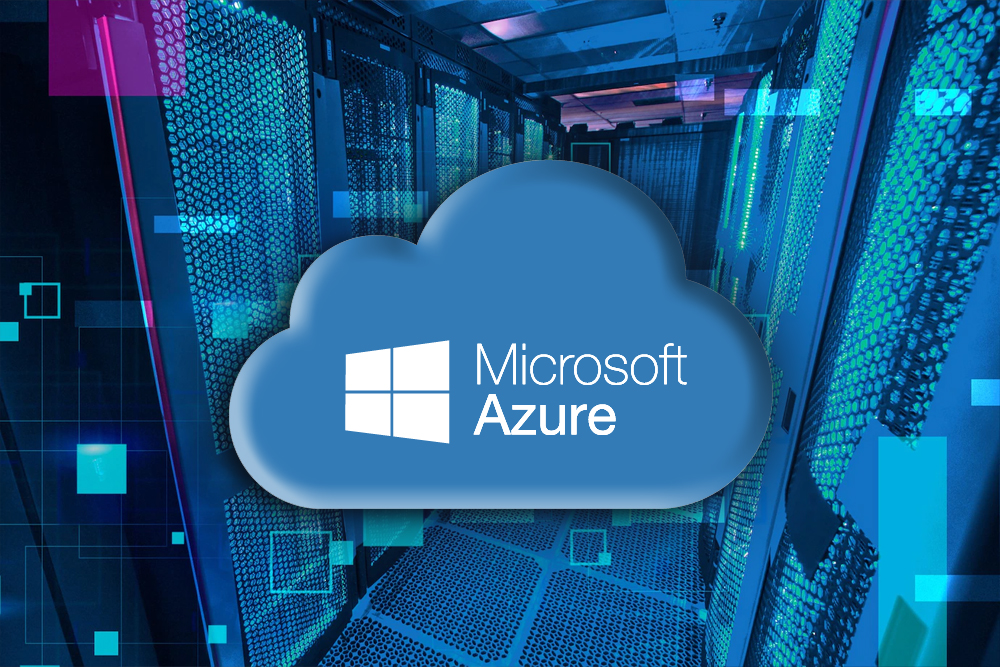November 06, 2022 Blog
Major Challenges of Azure and How to Address Them – Part 1

Challenge#1: Overspending On Azure Resources
Like all other cloud platforms, overspending is an issue in Azure as well. When you move to the Azure cloud, you expect to reduce infrastructure spending. On the contrary, you see considerable growth in your Azure bills. Do you know, you were right that by migrating to Azure you will trim down the IT spending? However, just because you failed to capitalize on the Azure benefits like elasticity and on-demand pricing, your Azure bills shoot up. The idea is you are not alone. Several businesses from across the world commit these mistakes and waste a fortune in the cloud each year. The main reasons behind this wastage are:
- Orphaned resources
- Over-provisioned resources
- Idle resources
- The complex pricing model
However, through cost optimization best practices and techniques, you can reduce Azure spending significantly. Some of the cost optimization strategies that can effectively reduce Azure costs are:
- Opting for reserved VM instances
- Applying Autoscaling
- Deallocating the resources that are idle
- Downsizing over-provisioned infrastructure
Challenge#2: The Security Risks
Though Microsoft Azure is one of the most secure cloud platforms, it shares security responsibility with its users. Moreover, these security responsibilities change with each Azure service making it complex for the user to comprehend the security aspects they are accountable for. Azure offers some of the great tools for securing the infrastructure but then until and unless you utilize them effectively, they are of no use.
Various cloud migration service providers or Managed Services Providers can help you execute a layered security policy that, in turn, extends the time of penetration resulting in risk reduction throughout the software stack and the infrastructure. These MSPs start by implementing a Security Center to get proactive security recommendations and experience improved monitoring and alerting. After this, they focus on highly effective security optimizations.
Some of the quick wins in security include:
- Multi-factor authentication
- End-point protection for installing anti-malware software on VMs
- Encryption at rest for VM volumes
- DDoS protection
- Secure management ports
- Encryption in transit, which includes testing & monitoring to minimize disruption
Challenge#3: Monitoring and Alerts
Azure Monitor is a great tool offered by Microsoft for monitoring your cloud infrastructure, however, as far as alerts or notifications are concerned, it doesn’t provide an out-of-box service. This lack of notifications and alerts by Azure keeps the businesses unaware of their infrastructure’s status, which hurts performance, security, cost optimization as well as availability.
Outsourcing the cloud migration services along with Azure management to an MSP will help you increase the Azure monitoring coverage of your business. You would be able to create actionable alerts based on the information you are concerned with such as:
- End-point availability
- Azure platform availability through Azure Resource Health
- Application Insights resources with the service performance and Application Performance Index (APDEX) alerts
- Capacity monitoring that includes alerts for Storage, SQL, VMs, and more
- Secure management ports
- Cost monitoring with alerts & budgets
Challenge#4: Unproductive Development & Incident Response Methods
No doubt, the implementation of insightful alerts and notifications is crucial to building efficient DevOps processes. However, the benefits of all alerts and notifications can only be realized if you act upon them for which you need to have the right insights. Remember, your businesses’ operational efficiency, agility, incident response, and times can get hurt by joined-up processes and lack of insight.
The Cloud migration strategy adopted by the MSPs includes enhancing visibility, establishing responsibility, and expediting collaboration. By working with your team, the MSPs help you have expanded monitoring coverage for your infrastructure and the applications. For closing the loop, VIMs integrate with:
- Azure DevOps for execution
- Azure Automation for auto-remediation
- Collaboration platforms like Microsoft Teams
The Final Words
This was just the crux of how the processes could be optimized and the wastage could be prevented. At the time when businesses join Azure, they have clear objectives, however, over time they start finding it difficult to accomplish these goals. Azure offers a gamut of services, however, the support it offers is too complex for those who lack technical expertise. In such situations, it is always better to team up with an MSP that provides cloud migration solutions apart from providing Azure management services.
An MSP helps you prevent potential issues, instead of letting them happen and wasting time in troubleshooting those. They also make sure that the cloud resources are not misconfigured as misconfiguration is something that causes security vulnerabilities. Just in case, you are looking for Azure migration as a service or cloud migration & management package in UAE, the good news is several MSPs provide these services.